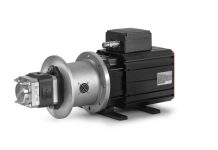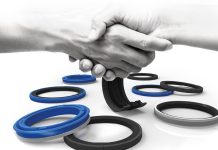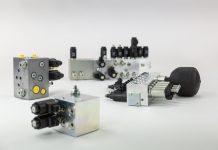As environmental standards become stricter and consumer demands for vehicles with greater fuel efficiency rise, automotive suppliers need to support their customers with lighter components that will help meet the push for lower emissions and better gas mileage. Voith Turbo — a division of Voith GmbH that specializes in hydrodynamic drive, coupling, and braking systems for road, rail, and industrial applications and ship propulsion systems — determined that one way to help meet these challenges was to enhance the efficiency of its transmissions.
Voith targeted weight reduction through material savings as a primary route to increase efficiency. Although its engineers had already manually optimized their transmission designs, they felt more savings could still be identified. To find the optimum geometry of automatic transmission components, Voith turned to topology optimization with Tosca Structure software from FE-DESIGN—now part of the Dassault Systèmes 3DEXPERIENCE technology portfolio under the SIMULIA application.
Tosca Structure is a flexible, modular software system for non-parametric structural optimization, e.g. topology, shape, and/or bead, using FEA. Voith Turbo used Tosca Structure to optimize a planet carrier component, part of the gearing system in its DIWA automatic transmission. Planetary gearing systems consist of one or more outer, or planetary, gears that revolve around a central “sun” gear. The outer gears are mounted on the planet carrier, which is a moveable arm that itself rotates around the sun gear.
Starting with CAD data of the carrier, the engineers first used Tosca Structure to define the available design space by subtracting functional areas and joint spaces to connecting areas. Restrictions placed on the optimization ensured that any design or manufacturing requirements are kept. In this case the functional stiffness of the planet carrier—required to guarantee bearing durability and equal load on the tooth flanks—was maintained.
Tosca Structure then automatically identified areas that did not contribute to the force flux and removed the materials within these areas that were not essential. Because requirements for the manufacturing process were taken directly into account during optimization, the design proposal could then be easily transferred to Voith Turbo’s own CAD system where modifications were made to meet further casting parameters.
“By using Tosca Structure we found the best solution to realize material savings and increase efficiency in the product development process of our automatic transmissions,” said Bernd Wӧhrle, Technical Calculations Commercial Vehicles, Voith Turbo.



